Sealed burners or open burners on range?
foodfiend_gardener
11 years ago
Related Stories
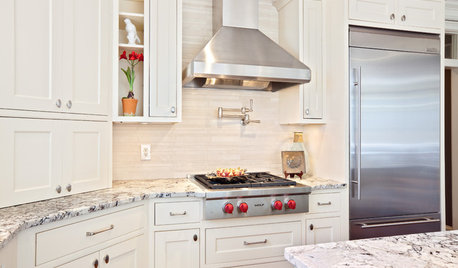
KITCHEN DESIGNHome Above the Range: Smart Uses for Cooktop Space
With pot fillers, shelves, racks and more, you can get the most function out of the space above your kitchen range
Full Story
KITCHEN DESIGNHow to Find the Right Range for Your Kitchen
Range style is mostly a matter of personal taste. This full course of possibilities can help you find the right appliance to match yours
Full Story
HOUSEKEEPINGHow to Clean Your Range and Oven
Experts serve up advice on caring for these kitchen appliances, which work extra hard during the holidays
Full Story
KITCHEN APPLIANCESWhat to Consider When Adding a Range Hood
Get to know the types, styles and why you may want to skip a hood altogether
Full Story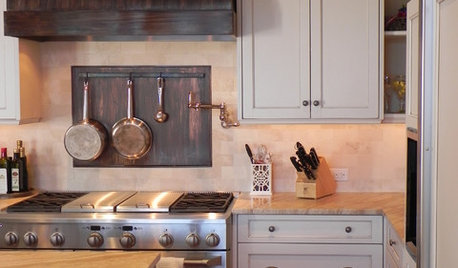
KITCHEN BACKSPLASHESKitchen Confidential: 8 Options for Your Range Backsplash
Find the perfect style and material for your backsplash focal point
Full Story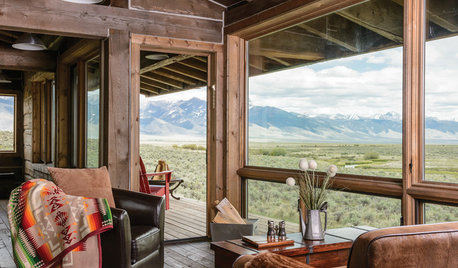
RUSTIC STYLEAt Home on the Range
Cabin retreats in idyllic locales fill the pages of the new book ‘American Rustic.’ We take you inside one of them
Full Story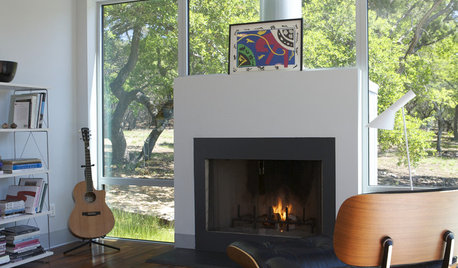
REMODELING GUIDESModern Metal Fireplaces Open World of Possibilities
Allowing way more natural light than traditional fireplaces, and with some not even needing a vent, metal fireplaces are a major improvement
Full Story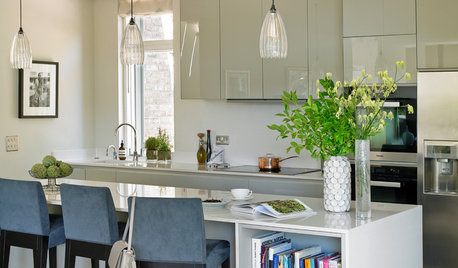
ROOM OF THE DAYRoom of the Day: Classic Meets Contemporary in an Open-Plan Space
Soft tones and timeless pieces ensure that the kitchen, dining and living areas in this new English home work harmoniously as one
Full Story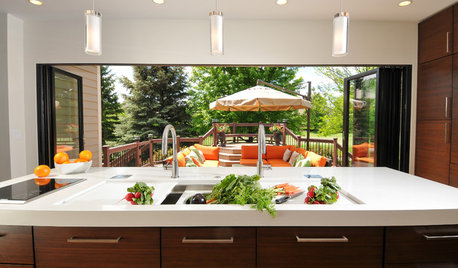
KITCHEN DESIGNKitchen of the Week: Traditional Kitchen Opens Up for a Fresh Look
A glass wall system, a multifunctional island and contemporary finishes update a family’s Illinois kitchen
Full Story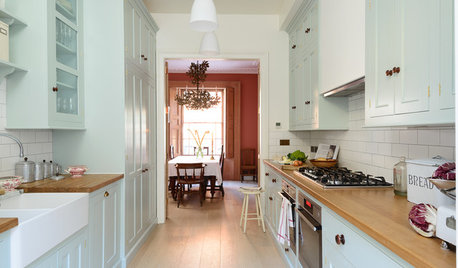
KITCHEN OF THE WEEKSmart Cabinet Arrangement Opens Up a Narrow London Kitchen
Elegant design and space-saving ideas transform an awkward space into a beautiful galley kitchen and utility room
Full StoryMore Discussions






deeageaux
jwvideo
Related Professionals
Arlington Kitchen & Bathroom Designers · Philadelphia Kitchen & Bathroom Designers · Queen Creek Kitchen & Bathroom Designers · St. Louis Kitchen & Bathroom Designers · Sunrise Manor Kitchen & Bathroom Remodelers · Apex Kitchen & Bathroom Remodelers · Bethel Park Kitchen & Bathroom Remodelers · Charlottesville Kitchen & Bathroom Remodelers · Glendale Kitchen & Bathroom Remodelers · Martha Lake Kitchen & Bathroom Remodelers · Pico Rivera Kitchen & Bathroom Remodelers · Winchester Kitchen & Bathroom Remodelers · Canton Cabinets & Cabinetry · Ridgefield Cabinets & Cabinetry · Watauga Cabinets & Cabinetrywekick
friedajune
wekick
foodfiend_gardenerOriginal Author
jwvideo
Trevor Lawson (Eurostoves Inc)
wekick
jwvideo
jwvideo
cooksnsews
tyguy
brickeyee
caliente63
wekick
caliente63
marthavila
wekick
friedajune
marthavila
cobotanist
jwvideo
caliente63
caliente63
marthavila
jwvideo
bmorepanic
marthavila
caliente63
marthavila
jwvideo